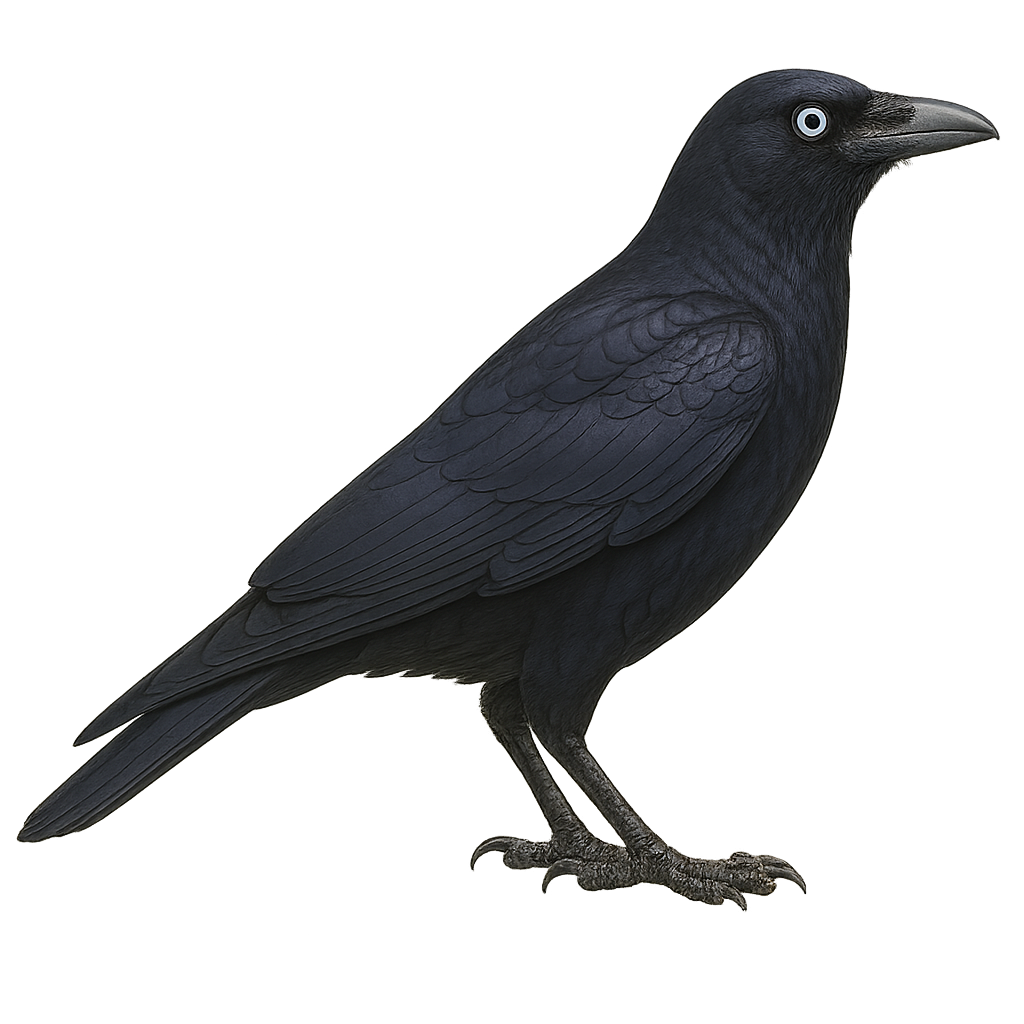Your wildlife photography guide.
Explore the torresian crow in detail, study its behavior, prepare your shots.
Where to observe and photograph the torresian crow in the wild
Learn where and when to spot the torresian crow in the wild, how to identify the species based on distinctive features, and what natural environments it inhabits. The WildlifePhotographer app offers tailored photography tips that reflect the torresian crow’s behavior, helping you capture better wildlife images. Explore the full species profile for key information including description, habitat, active periods, and approach techniques.
Torresian Crow
Scientific name: Corvus orru

IUCN Status: Least Concern
Family: CORVIDAE
Group: Birds
Sensitivity to human approach: Tolerant
Minimum approach distance: 10 m
Courtship display: July to August
Incubation: 19-21 jours
Hatchings: July to September
Habitat:
Tropical forests, urban areas, savannas
Activity period :
Primarily active during the day, with peak activity in the morning and late afternoon.
Identification and description:
The Torresian Crow, or Corvus orru, is a medium-sized bird, predominantly black with metallic sheens. It is native to Australia and New Guinea, inhabiting a range of environments from tropical forests to urban areas. Known for its remarkable intelligence, this bird adapts well to various habitats. It primarily feeds on insects, fruits, and small animals but is also opportunistic, consuming human waste. Often seen in groups, the Torresian Crow communicates through a variety of calls and vocalizations. Its ability to solve complex problems and use tools is well-documented, making it a fascinating subject for ornithologists.
Recommended lens:
400mm – adjust based on distance, desired framing (portrait or habitat), and approach conditions.
Photography tips:
To photograph the Torresian Crow, it's advisable to use a telephoto lens of at least 400mm to capture precise details without disturbing the bird. Look for areas where they gather, such as urban parks or forest edges. Be patient and discreet, as although they are tolerant, a sudden movement might scare them away. Take advantage of morning or afternoon light to get images with beautiful contrasts.
The WildlifePhotographer App is coming soon!
Be the first to explore the best nature spots, track rutting seasons, log your observations, and observe more wildlife.
Already 1 430 wildlife lovers subscribed worldwide

